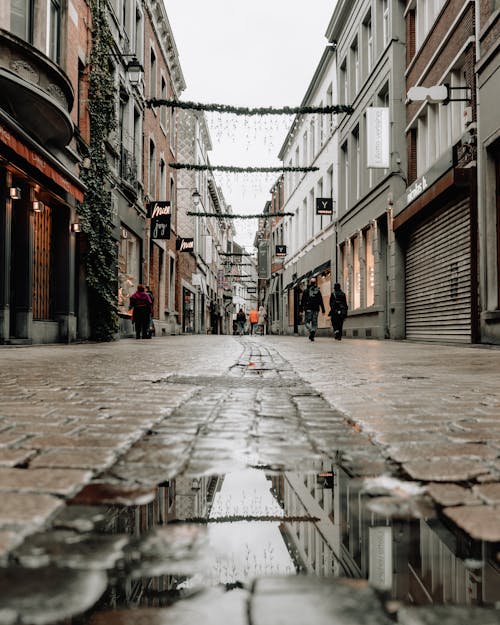A Biased View of Framing Streets
Table of ContentsSome Known Facts About Framing Streets.10 Easy Facts About Framing Streets ShownGetting The Framing Streets To WorkNot known Details About Framing Streets Some Known Incorrect Statements About Framing Streets All about Framing Streets
, usually with the purpose of catching images at a crucial or touching moment by mindful framing and timing. https://penzu.com/p/454a0d4b3b5b7826.
His boots and legs were well defined, yet he is without body or head, since these were in motion." Charles Ngre, waterseller Charles Ngre. https://canvas.instructure.com/eportfolios/2658090/Home/Framing_Streets_Mastering_the_Art_of_Street_Photography was the very first photographer to obtain the technical sophistication needed to sign up individuals in motion on the street in Paris in 1851. Photographer John Thomson, a Scotsman dealing with journalist and social lobbyist Adolphe Smith, released Street Life in London in twelve monthly installments beginning in February 1877
7 Simple Techniques For Framing Streets
Eugene Atget is considered as a progenitor, not since he was the very first of his kind, yet as a result of the popularisation in the late 1920s of his document of Parisian roads by Berenice Abbott, who was motivated to embark on a similar documents of New york city City. [] As the city created, Atget aided to promote Parisian roads as a worthy subject for digital photography.

The Definitive Guide for Framing Streets
Martin is the very first recorded photographer to do so in London with a disguised cam. Mass-Observation was a social research organisation established in 1937 which intended to tape daily life in Britain and to tape-record the responses of the 'man-in-the-street' to King Edward VIII's abdication linked here in 1936 to wed separation Wallis Simpson, and the succession of George VI. Between 1946 and 1957 Le Groupe des XV every year exhibited job of this kind. Andre Kertesz. Circus, Budapest, 19 May 1920 Road digital photography created the significant material of 2 exhibits at the Gallery of Modern Art (Mo, MA) in New york city curated by Edward Steichen, Five French Photographers: Brassai; Cartier-Bresson, Doisneau, Ronis, Izis in 1951 to 1952, and Post-war European Digital Photography in 1953, which exported the idea of street digital photography globally.

Getting The Framing Streets To Work
The recording device was 'a hidden video camera', a 35 mm Contax concealed underneath his layer, that was 'strapped to the upper body and connected to a long cord strung down the right sleeve'. However, his job had little contemporary effect as as a result of Evans' sensitivities regarding the originality of his project and the personal privacy of his subjects, it was not released up until 1966, in the book Numerous Are Called, with an intro written by James Agee in 1940.
Helen Levitt, after that an instructor of children, connected with Evans in 193839. She documented the temporal chalk drawings - Best Zoom Lens that belonged to kids's road culture in New york city at the time, in addition to the children who made them. In July 1939, Mo, MA's new digital photography section consisted of Levitt's job in its inaugural exhibitionRobert Frank's 1958 book,, was considerable; raw and usually out of focus, Frank's pictures examined traditional photography of the moment, "tested all the formal rules set by Henri Cartier-Bresson and Walker Evans" and "flew in the face of the wholesome pictorialism and wholehearted photojournalism of American publications like LIFE and Time".